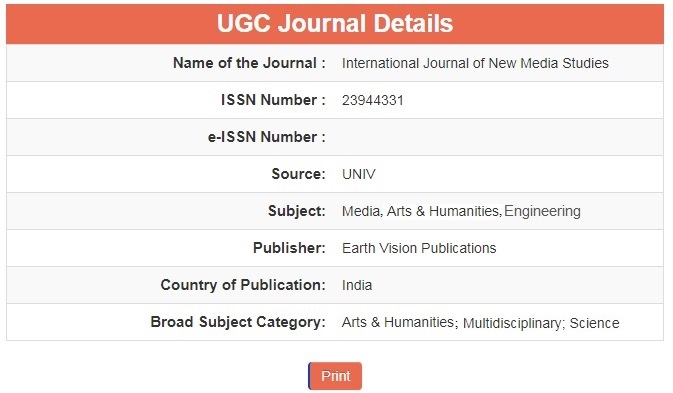Interpretable Models for Healthcare: A Comparative Analysis of Explainable Machine Learning Approaches
Keywords:
Explainable Machine, Learning ApproachesAbstract
As machine learning models become increasingly prevalent in healthcare settings, the need for interpretability and transparency in these models is paramount to gain trust from healthcare practitioners, ensure patient safety, and facilitate effective decision-making. This study presents a comprehensive comparative analysis of various explainable machine learning (XAI) approaches applied to healthcare datasets. The objective is to evaluate and compare the interpretability, accuracy, and utility of different XAI techniques to aid in the selection of suitable models for healthcare applications. The research employs a diverse set of healthcare datasets, encompassing various medical domains such as diagnostic imaging, electronic health records, and patient outcomes. We investigate popular XAI techniques, including but not limited to LIME (Local Interpretable Model-agnostic Explanations), SHAP (Shapley Additive exPlanations), decision trees, and rule-based models. Each method is assessed based on its ability to provide meaningful explanations for model predictions, its accuracy in capturing complex medical relationships, and its utility in aiding healthcare professionals in understanding and trusting the model outputs.






